Perhaps you have heard this expression before, "Eat the Rainbow". Eating colorful fruits and vegetables in your diet is important, but do you know why and how this benefits your health? I also share a handy colorful chart to learn how to eat the rainbow. In this article, I explain this concept of eating the rainbow, health benefits, and how you can add those colorful foods to your everyday diet.

Table of Contents
⁉️ Why Should We Eat the Rainbow?
Providing the body with a wide range of colors ensures we get the proper nutritional needs and various antioxidants.
Consuming various colorful fruits and vegetables in our diet ensures that we get a wide range of essential nutrients, vitamins, and minerals, each associated with different colors.
🍎 Red Foods
You're probably familiar with red fruits and vegetables, like strawberries and tomatoes. However, you might not know what a powerful impact these foods can have on the body.

Healthy Heart
Red foods like tomatoes and strawberries are rich in antioxidants, such as lycopene and anthocyanins, which support heart health. Fruits and vegetables with a red hue are notorious for healthy heart function.
In addition to promoting cardiovascular health, these vibrant red foods also help reduce inflammation and improve immune function. The nutrients found in red fruits and vegetables can protect cells from damage, potentially reducing the risk of chronic illnesses.
Furthermore, the natural compounds in these foods can contribute to skin health and even cognitive function, making them a versatile and essential part of a balanced diet.
Skin Protection and Cell Renewal
Certain red colorful foods offer skin protection like tomatoes, which are rich in lycopene, a powerful antioxidant that helps protect the skin from sun damage. Similarly, strawberries contain vitamin C, which promotes collagen production and helps maintain skin's elasticity.
Red bell peppers are another excellent source of vitamins and antioxidants that can improve skin texture and reduce wrinkles. Incorporating these vibrant foods into your diet can contribute to healthier, more radiant skin.
Prevents Cancer
Red fruits and vegetables can even help prevent some cancers. These types of produce are rich in powerful antioxidants like lycopene and anthocyanins, which have been shown to reduce oxidative stress and inflammation in the body.
Consuming a diet high in these vibrant foods can contribute to overall health by supporting immune function and promoting a healthy heart. Adding more red fruits and vegetables to your diet, such as tomatoes, strawberries, and red bell peppers, offers a delicious way to enhance your well-being.

🍊 Orange and Yellow Foods
Orange and yellow foods like carrots and bell peppers provide beta-carotene, vital for eye health and immune function.

Lowers Cholesterol
Yellow and orange foods that help lower cholesterol include carrots, sweet potatoes, and pumpkins, which are high in fiber and antioxidants.
Additionally, consuming oranges and other citrus fruits can help reduce cholesterol levels due to their pectin content. Incorporating these colorful foods into your diet not only boosts heart health, but also supports overall well-being by providing essential vitamins and minerals.
Healthy Joints and Skin
Orange and yellow fruits and vegetables help joints and offer skin protection like no other, providing essential vitamins and antioxidants that contribute to overall health.
These vibrant foods, such as carrots, sweet potatoes, oranges, and peaches, are rich in vitamin C, beta-carotene, and other phytonutrients that support both skin elasticity and joint flexibility.
Consuming a diet high in these fruits and vegetables can improve your body's natural collagen production, reduce inflammation, and even protect against UV damage, making them an important part of any balanced diet.
Healthy Heart
Yellow and orange foods are also heart protective in nature. These health benefits include improving blood pressure, reducing cholesterol levels, and providing a rich source of vitamins and antioxidants.
Foods like sweet potatoes, carrots, oranges, and peaches are packed with nutrients that support cardiovascular health and strengthen the immune system. B
By incorporating these vibrant fruits and vegetables into your diet, you can enjoy not only their delicious flavors, but also their significant role in maintaining overall well-being and preventing chronic diseases.

🥦 Green Foods
Most people understand the powerful health benefits of adding green fruits and vegetables, but some might actually surprise you. Here are a few interesting health benefits that green foods provide.
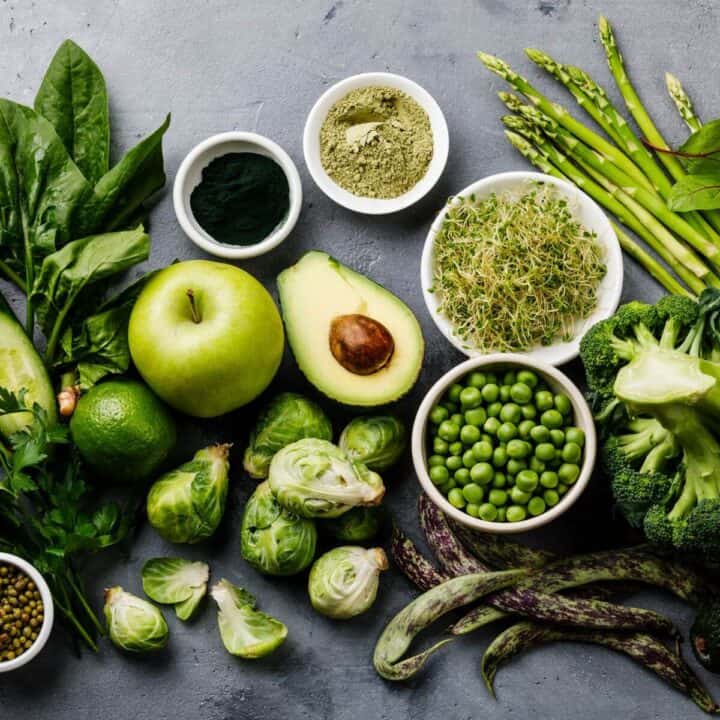
Immune Support
Green vegetables like spinach and broccoli are packed with vitamins K and C, folate, and fiber, helping with blood clotting and maintaining a strong immune system.
Improves Digestion
Adding green fruits and veggies has been shown to improve digestion, like kale, spinach, broccoli, and green apples, which are rich in essential nutrients and fiber. These foods not only aid your digestive system, but also contribute to overall health by providing antioxidants, vitamins, and minerals.
Incorporating them into your diet can help maintain a healthy gut microbiome, reduce inflammation, and support the body's natural detoxification processes.
Supports Eyesight and Healthy Bones
Another two powerful benefits that adding green foods into your diet include supporting healthy eyesight and bones. Green foods like spinach, kale, and broccoli are rich in vitamins A, C, and K, which are essential for maintaining vision and bone health.
Additionally, these foods contain antioxidants that protect your eyes from damage caused by free radicals, reducing the risk of cataracts and macular degeneration. Consuming leafy greens regularly can also provide nutrients like calcium and magnesium, which are crucial for bone density and strength, helping prevent conditions like osteoporosis.
Moreover, incorporating green foods into your meals can improve your overall nutrition, providing a wide range of health benefits beyond just eyesight and bones.
Check out the Eat the Rainbow chart at the end of this article to learn more health benefits that green foods provide for the body.
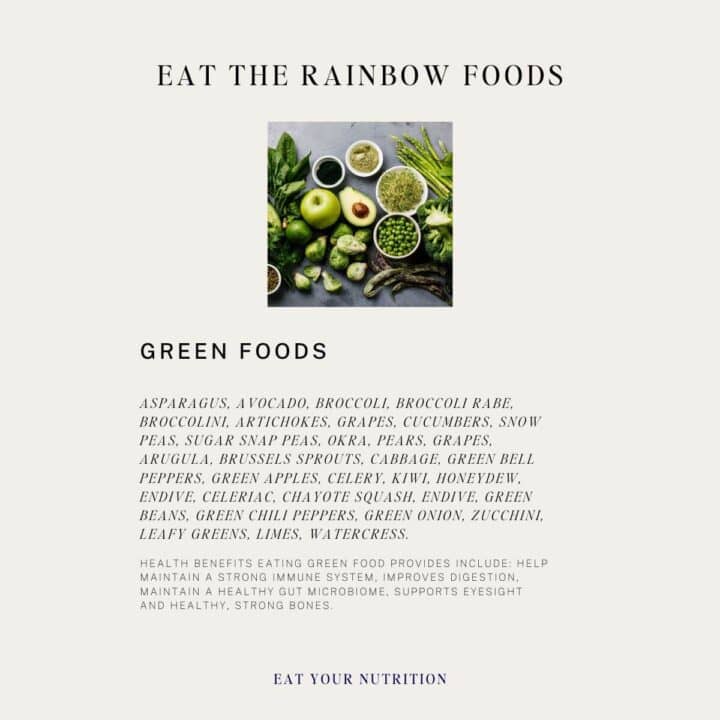
🫐 Blue and Purple Foods
By eating a colorful array of foods, we can support our overall health and well-being. A colorful diet should also incorporate blue and purple foods. My favorites include plums and eggplant. Let's learn some health benefits that these foods provide.
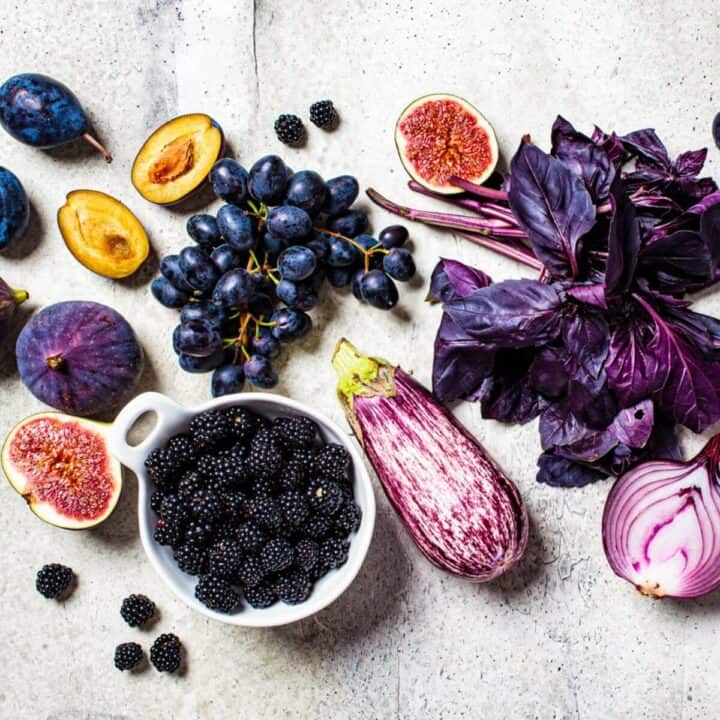
Brain Health
Blue and purple foods, like blueberries and eggplants, contain anthocyanins that may enhance brain health and reduce the risk of certain cancers.
Purple and blue foods help with memory and anti-aging to support brain health. These vibrant foods, such as blueberries, blackberries, and purple sweet potatoes, contain high levels of antioxidants and other beneficial compounds.
These nutrients combat oxidative stress and inflammation in the brain, which are key factors in cognitive decline. Regular consumption of these colorful foods can enhance mental clarity, improve learning and memory, and even protect against neurodegenerative diseases like Alzheimer's.
📥 GET THIS RECIPE IN YOUR INBOX 📥
By incorporating various purple and blue-hued fruits and vegetables into your diet, you can boost brain function and maintain cognitive health as you age.
Healthy Heart Function
Purple and blue fruits and vegetables are heart protective in nature. These vibrant foods contain powerful antioxidants, such as anthocyanins and flavonoids, which help reduce the risk of heart disease.
Additionally, they are rich in vitamins, minerals, and fiber, contributing to cardiovascular health. Consuming a diet rich in these colorful produce items can improve blood pressure, reduce inflammation, and support the health of blood vessels.
Healthy Urinary Function
Our urinary health is often overlooked, but we need to ensure that we include foods to support healthy urinary function, like cranberries, which can help prevent urinary tract infections.
Additionally, drinking plenty of water is essential to keep the urinary tract flushed and functioning properly. Foods rich in antioxidants and vitamins, such as blueberries and citrus fruits, can also play a crucial role in maintaining a healthy urinary system.
Maintaining a balanced diet with these elements, combined with regular exercise, can significantly improve urinary health and prevent common issues.
Check out the Eat the Rainbow chart at the end of this article to learn more health benefits that purple and blue foods provide for the body.

🧅 White and Brown Foods
White and brown foods in our diet provide many health benefits, like improved digestion, better heart health, and enhanced energy levels.
Brown foods like whole grains and nuts are rich in fiber, which aids in maintaining a healthy weight and controlling blood sugar levels. Incorporating these foods into our daily meals can contribute to overall well-being and help prevent various chronic diseases.

Healthy Colon
White and brown food also help maintain a healthy colon by providing essential nutrients and promoting good digestion. Foods like whole grains, legumes, and vegetables are rich in fiber, which aids in regular bowel movements and prevents constipation.
Additionally, these foods can help reduce the risk of colon diseases by fostering healthy gut bacteria and reducing inflammation. Ensuring a balanced diet that includes both white and brown foods can contribute significantly to colon health and well-being.
Prevents Ulcers
Another health issue often overlooked is the prevention of ulcers. However, adding white fruits and vegetables can help prevent ulcers, like apples, bananas, and cauliflower. These foods contain nutrients that promote a healthy digestive system and reduce the risk of developing ulcers.
Additionally, incorporating a balanced diet, maintaining proper hydration, and avoiding excessive consumption of spicy foods, alcohol, and caffeine can further support ulcer prevention. Regular check-ups with a healthcare professional can also help early detection and management of potential ulcer-related issues.
Healthy Heart Function and Lowers Cholesterol
Our heart health function and cholesterol are another reason to start adding white and brown foods if you haven't already started. Incorporating foods like whole grains, brown rice, oats, and legumes can have a positive impact on your cardiovascular system by helping reduce cholesterol levels.
Additionally, nutrient-rich foods such as cauliflower, mushrooms, and potatoes provide essential vitamins and minerals that support heart health. By making these dietary adjustments, you can significantly improve your well-being and reduce the risk of heart-related diseases.
Immune Support
White foods such as garlic and onions are known for their anti-inflammatory properties and ability to boost the immune system.

🌈 How to Eat the Rainbow?
The goal is to aim for 5 colorful foods a day into your daily diet. Here are my best tips to set you up for success and get your colors in every day.
- Add in a handful of spinach, chopped bell peppers, and onions to your breakfast scramble. While serving, pair it with a portion of mixed berries.
- Lunch time try a nourishing Buddha bowl with a base of greens, add colorful bell peppers, cucumbers, mushrooms, tomatoes. Pair it with a protein source of choice and some fruit on the side.
- At dinner, you can roast a sweet potato and broccoli. Prepare a protein rich source like tofu, chicken, or fish.
You see how easy it is to get 5 colors a day into your daily diet?
🥗 Rainbow Filled Recipes
Try out some of my favorite colorful antioxidant rich recipes. Mix and match to create your own meal plan for the week. Try to pick recipes that you can double for easy meal prep, and also stay on a healthy budget for your personal needs. You can also find many more recipes on the Recipe Index.
Breakfast Colorful Recipes
- Egg & Turkey Sausage Breakfast Casserole for Easy Meal Prep
- Delicious Pumpkin Cranberry Protein Sheet Pan Pancakes
- Easy Gluten-Free Crustless Broccoli Quiche Bites
- Easy Hormone Balancing Smoothie You'll Love - Green Smoothie
- How to Make Blueberry Zucchini Healthy Breakfast Cookie (Video)
- Easy Asparagus Mushroom Spring Vegetable Frittata
Lunch Colorful Recipes
Dinner Colorful Recipes
- Quick BBQ Salmon with Mango Salsa Recipe Bowl
- Easy Chicken Fajita Recipe With Garlic Yogurt Sauce
- Chicken Enchilada Casserole with Sweet Potato (Gluten-Free)
- Sheet Pan Recipe - Delicious Chicken In A Mustard Sauce
- Easy Thai Coconut Curry Noodles With Sweet Potato
- Chickpea Red Curry Recipe - Quick And Simple
⁉️ Can You Try and Eat Five Colors Today?
I challenge you today to try to aim for adding in 5 different colorful foods today. Use the tips I provided earlier.
Don't beat yourself up if you fall short one day. This is only a goal to add more antioxidant rich foods. Some days will be easier to accomplish this goal, and others might be more difficult.
By simply being mindful of adding in those extra colorful foods, you will notice an improvement in your energy levels, a radiant glow to your skin, and even better bowel movements.
🏳️🌈 Eat the Rainbow Chart
Eating the rainbow chart helps individuals understand the importance of incorporating colorful fruits and vegetables into their diet.
This vibrant approach ensures a diverse intake of nutrients, vitamins, and antioxidants, which are essential for maintaining overall health. Each color group is associated with different phytonutrients and health benefits, making it crucial to enjoy a spectrum of colors daily.
Embracing this colorful eating habit not only enhances nutritional value, but also adds visual appeal and variety to meals, encouraging more balanced and enjoyable dietary practices. Check out my version below of the Eat the Rainbow chart for easy reference.

🗣️ Let's Discuss the Power of Eating the Rainbow!
Did you learn any tips and tricks on how to eat a colorful diet filled with a rainbow of foods? Did you have a chance to look at the Eat the Rainbow chart I provided?
Will you be trying out some rainbow filled recipes that I suggested above? Let me know in the comments below what your favorite colorful food is. Are you a fan of green colored foods? Which color is easiest to add during the day?
You can also connect with me @EatYourNutrition on Instagram. I love seeing your photos. #EatYourNutrition #LauraVillanueva
👉 Ready to Begin to Eat Healthy?
- Join my Reset & Renew Nutrition Program. Register here to learn about transforming your metabolism, mindset, and live in a healthy state of well-being. 4-month online program will help you reset the body.
ADDITIONAL RESOURCES
- Support - Join my Featured Nutrition Challenge. All seasonal nutrition challenges come with a meal plan, recipe guide, grocery shopping list, and a seasonal featured nutrition theme.







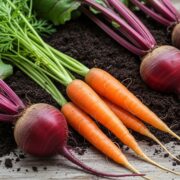


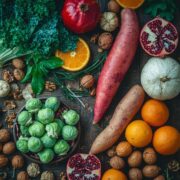






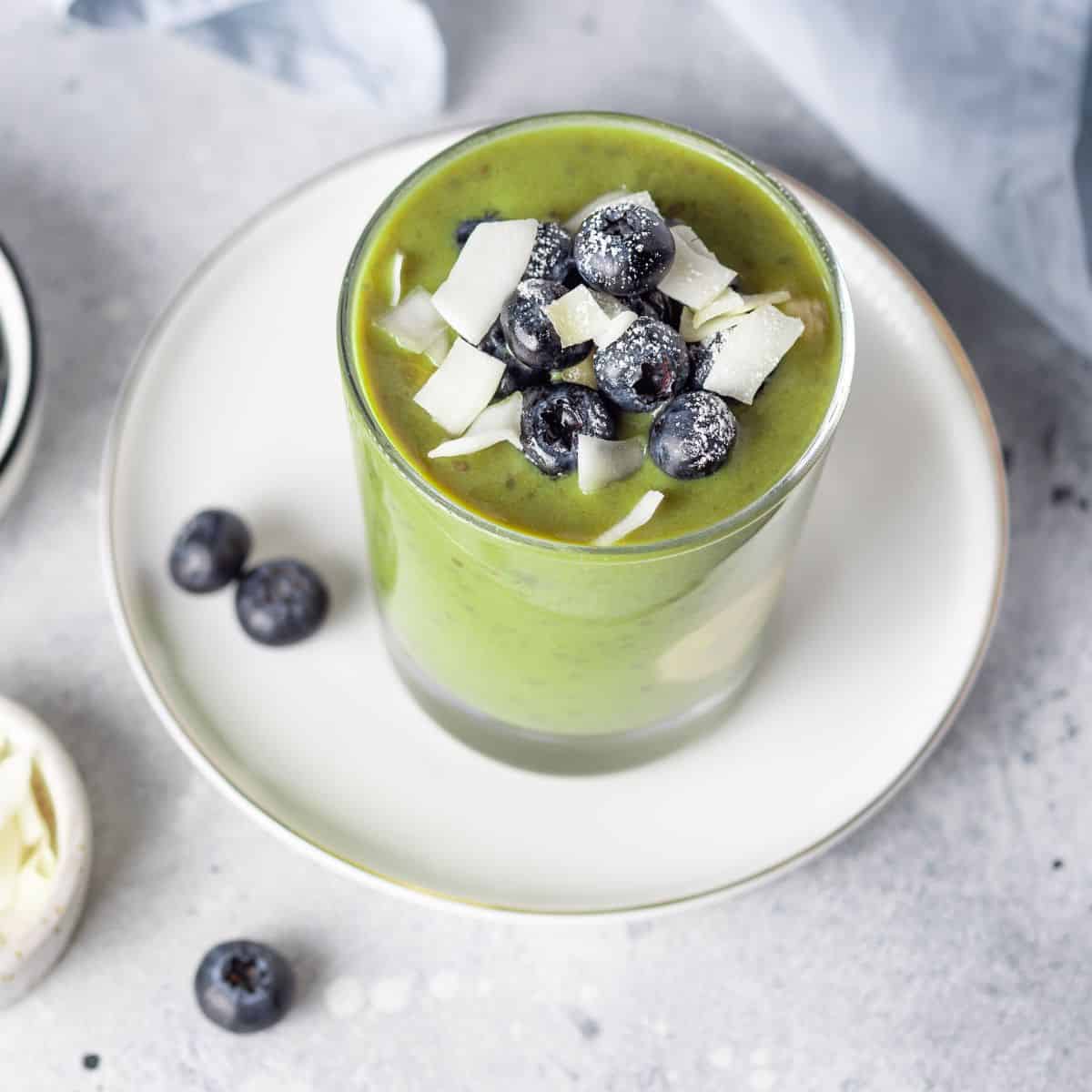
















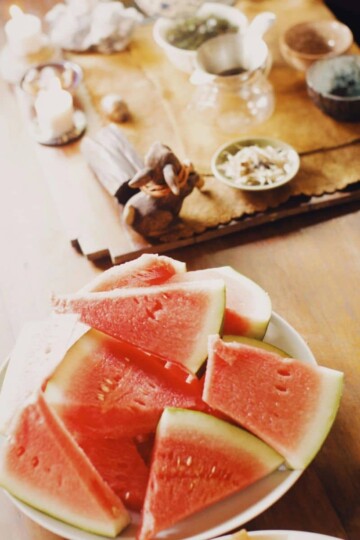
Comments
No Comments